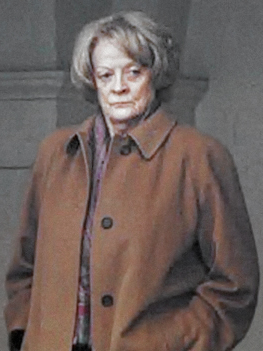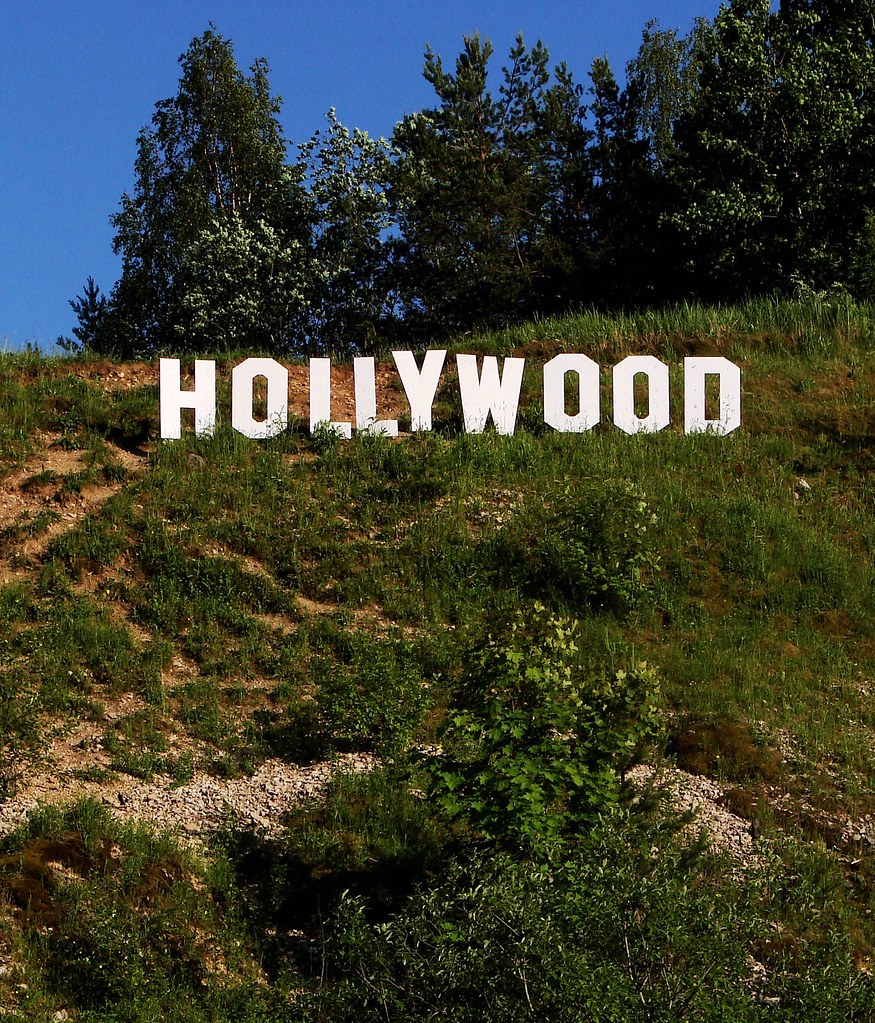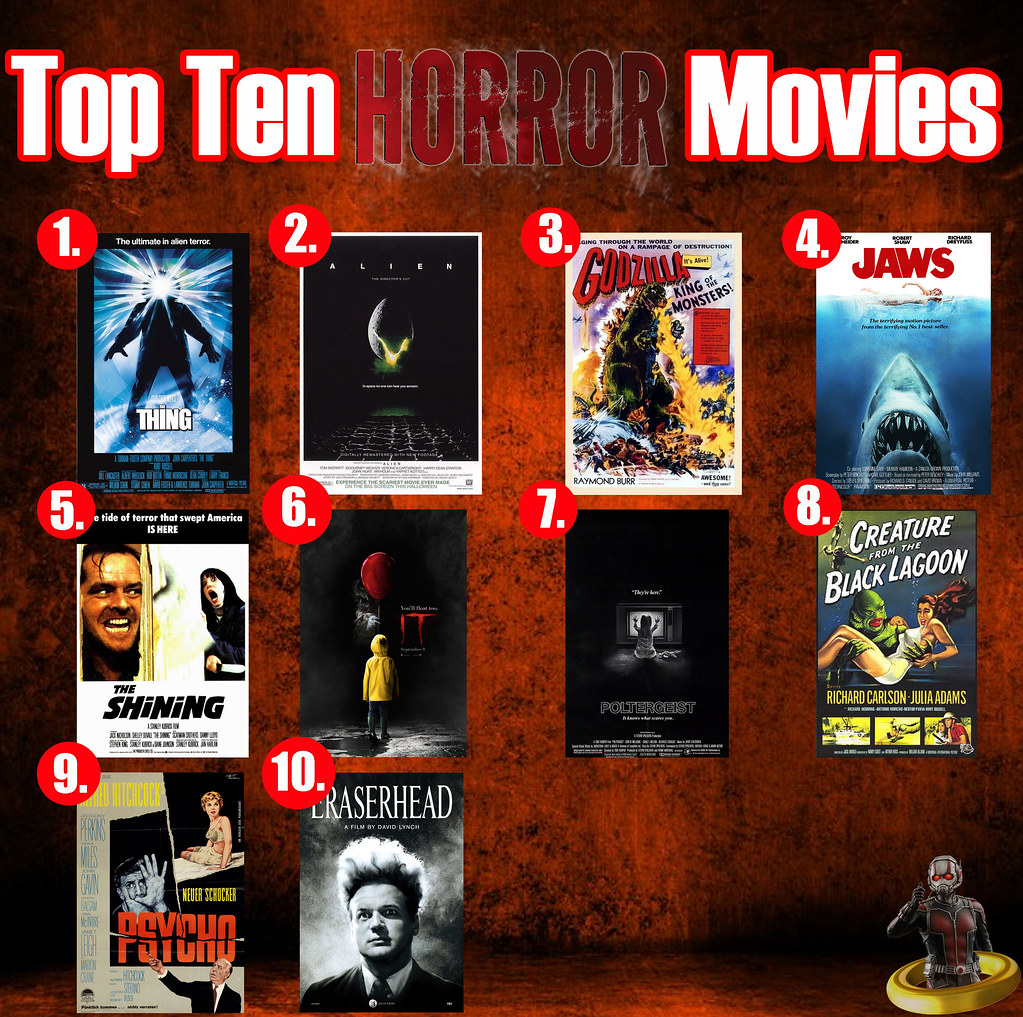
Before the ubiquitous online review sections we know today, movie critics held a significant sway over whether audiences deemed a film worthy of their hard-earned money, precious time, and undivided attention. A trip to the movie theater isn’t exactly an inexpensive activity, so the opinions of these cinephiles have historically been a pretty important factor in determining ticket sales. However, these film buffs, much like all of us, don’t always get it right, sometimes missing the forest for the trees when it comes to a film’s true impact and enduring appeal. Indeed, some features that were badly panned by critics ended up becoming what we now consider the best movies of all time, demonstrating a fascinating disconnect between professional judgment and popular sentiment.
What does it mean for a film to be truly ‘successful’? Merriam-Webster defines ‘successful’ as ‘resulting or terminating in success’ or ‘gaining or having gained success.’ When applied to cinema, this can encompass various metrics: box office triumph, enduring cultural relevance, critical acclaim, or simply resonating deeply with a mass audience. This article will focus on those films that, by the sheer force of their widespread appeal and financial prosperity, epitomize the definition of ‘successful’—even when the critical establishment largely dismissed them. It just goes to show you that sometimes it’s best to trust your gut and take a chance on a big-screen story that looks interesting, regardless of what the so-called experts have to say.
We embark on a cinematic journey to revisit some of the most iconic dramas, comedies, romantic movies, and horror films that, against all critical odds, soared to incredible heights of popularity and often earned prestigious awards. This surprising list reminds us that the true measure of a film’s success often lies beyond the pages of a review, residing instead in the hearts and minds of the millions who watch, rewatch, and cherish them. Here, we delve into the first half of our compelling list, examining why these seven films became triumphs despite their initial critical drubbing.
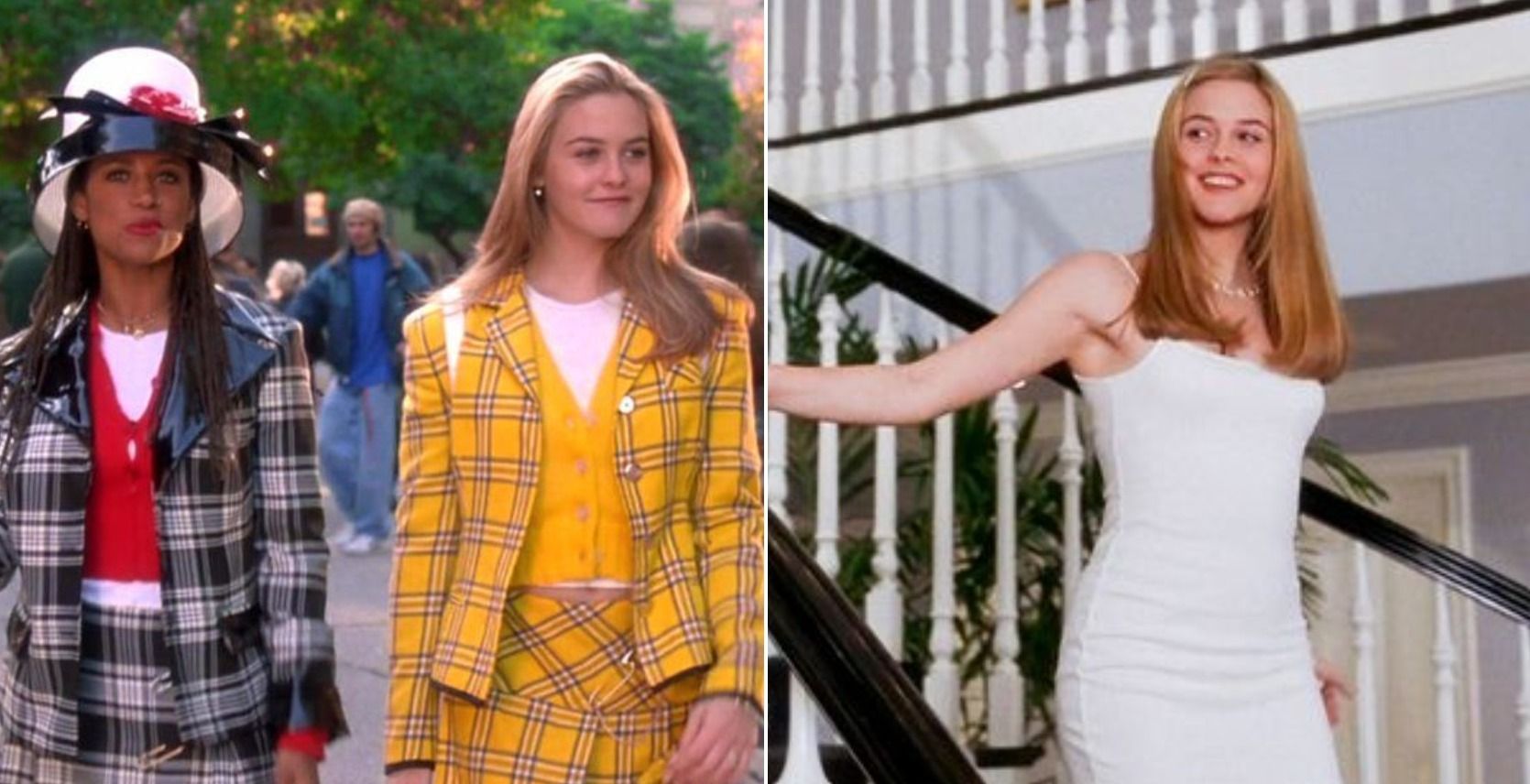
1. **Clueless (1995)**Released in 1995 and rated PG-13, Amy Heckerling’s ‘Clueless’ quickly became a touchstone for a generation, starring Alicia Silverstone as Cher, a Beverly Hills teen navigating her social circle and the halls of her wealthy high school. Loosely based on Jane Austen’s ‘Emma,’ the film brought a fresh, witty, and undeniably stylish perspective to the romantic comedy genre, capturing the nuances of teenagedom through a glossy, California lens. Audiences absolutely adored it, turning it into an instant classic that continues to charm new viewers decades later.
However, critics weren’t quite as smitten as the legions of fans. The reviews upon its release were decidedly mixed, failing to grasp the film’s unique charm and satirical genius. Time magazine critic Richard Corliss was particularly dismissive, stating, “Paying to see Clueless is not really mandatory. You can learn most of the jokes by surfing the TV and newspaper reviews and get a hint of Silverstone’s blithe luster by watching MTV’s relentless promotions. Taking this Cliffs Notes route, moreover, saves you from sitting through several slow stretches of plot sludge.” Such a harsh judgment seems almost unfathomable today given the film’s revered status.
Despite the critical indifference, the film’s witty dialogue, iconic fashion, and relatable characters resonated deeply with its target audience and beyond. ‘Clueless’ proved to be far more than just a fleeting teen comedy; it cemented its place in pop culture history, influencing fashion trends and conversational slang. The movie’s enduring popularity, evidenced by its continued availability on streaming platforms and its constant references in popular media, stands as a testament to its genuine success, irrespective of its initial lukewarm critical reception.
Read more about: Beyond the Script: 12 Iconic Moments Where Genuine Joy, Genius Improv, and Happy Accidents Made Movie History
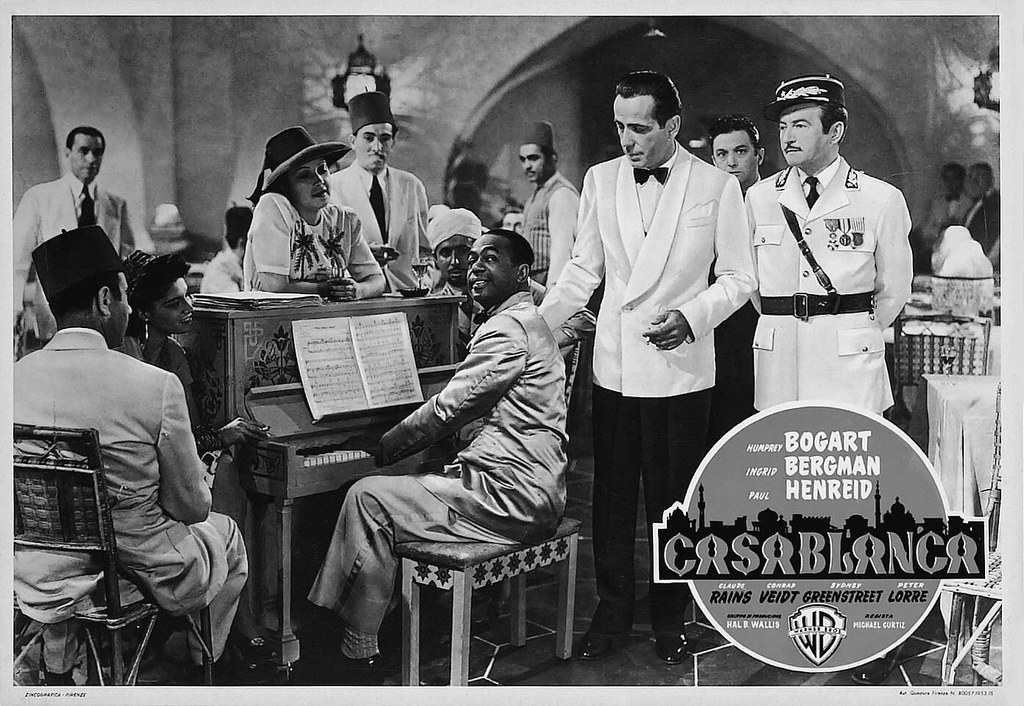
2. **Casablanca (1942)**Michael Curtiz’s 1942 masterpiece, ‘Casablanca,’ starring Humphrey Bogart and Ingrid Bergman, tells the timeless story of an American expat running a nightclub in Casablanca, Morocco, who must decide whether to help his former lover and her husband escape the country during the early days of World War II. Today, the film is universally lauded, evoking images of romance, intrigue, and the glamorous bygone era of old Hollywood, replete with some of the most memorable movie quotes of all time. It’s an undisputed classic, frequently topping lists of the greatest films ever made.
Yet, this beloved classic faced considerable skepticism from critics at the time of its release. The New Statesman’s critique, for instance, famously derided the film’s iconic love story as “horribly wooden” and claimed it was “filled with clichés everywhere that lower the tension.” Such reviews are startlingly at odds with the film’s current standing, highlighting how initial impressions can sometimes miss the profound, lasting impact a work will have. The idea that a film now synonymous with cinematic perfection could be described in such unflattering terms speaks volumes about evolving critical perspectives.
Despite these early critical jabs, ‘Casablanca’ achieved massive success with audiences, solidifying its place in film history not just as a commercial hit but as a cultural phenomenon. Its intricate plot, unforgettable characters, and themes of sacrifice and enduring love transcended initial critical misgivings. To the millions of fans who cherish this film, and to those discovering it anew, the appropriate response to any shoddy review is simply, “Here’s looking at you, kid.” The film’s enduring power and influence unequivocally confirm its profound success.
Read more about: Ageless Wonders: 14 Masterpiece Cinema Worth Your Analyzing Time and Again.
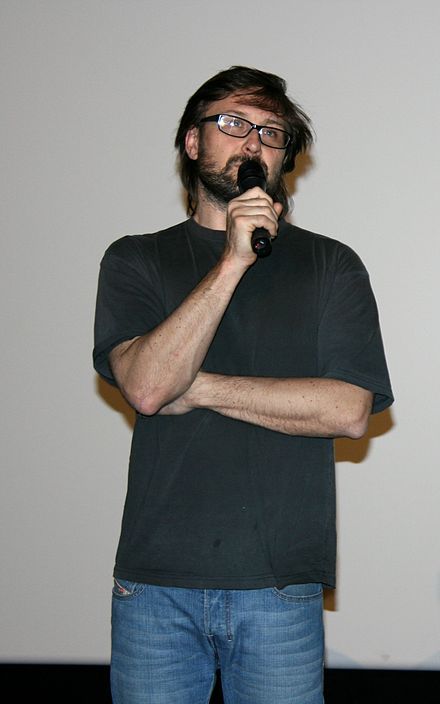
3. **Taken (2009)**Released in 2009 and rated PG-13, Pierre Morel’s ‘Taken’ thrust Liam Neeson into an unexpected role as a bona fide action star, portraying a retired CIA agent who must spring back into action to save his kidnapped daughter. The premise was simple yet incredibly effective, delivering a high-octane thriller that audiences absolutely devoured. It spawned multiple successful sequels, proving the immense appetite for its brand of relentless, no-holds-barred action, transforming Neeson’s career in the process.
However, critical reception for ‘Taken’ was far from glowing. Many critics found the plot implausible and the action over-the-top, struggling to reconcile its simplistic narrative with its violent execution. Roger Ebert, a respected voice in film criticism, only granted the movie two and a half stars, labeling it as “preposterous,” though he did concede that such ‘popcorn thrillers’ aren’t typically expected to be plausible. Entertainment Weekly echoed this sentiment, calling it a “propulsively outlandish B movie,” hardly the ringing endorsement that would typically inspire a rush to the box office.
Nonetheless, moviegoers flocked to theaters, propelling ‘Taken’ to significant commercial success. The film’s raw energy, Neeson’s compelling performance as the determined father, and its straightforward, adrenaline-fueled narrative resonated powerfully with a broad audience seeking pure escapist entertainment. Its box office performance and the subsequent demand for sequels clearly demonstrated that what critics perceived as flaws, audiences often embraced as thrilling, unpretentious fun, solidifying its status as a successful action franchise.
Read more about: You Won’t Believe It! These 10 Cinema Hits Were SO Much Better Than Anyone Expected
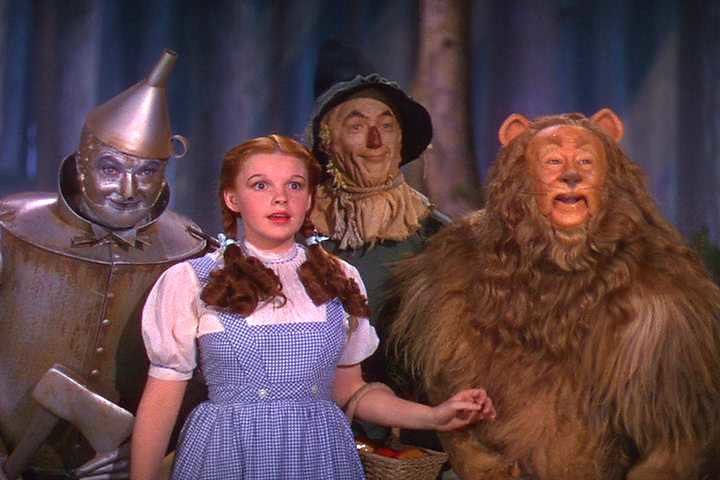
4. **The Wizard of Oz (1939)**Victor Fleming’s 1939 Technicolor marvel, ‘The Wizard of Oz,’ remains an enchanting and foundational piece of cinematic history. The tale of Dorothy and her dog, Toto, swept away from Kansas to the magical land of Oz, where she befriends a Scarecrow, Tin Man, and Cowardly Lion on her quest to get home, is a timeless classic. Today, it’s cherished by families, often serving as a beloved introduction to cinema for children and a source of warm nostalgia for adults. The film’s spectacular visuals and iconic songs are ingrained in global pop culture.
Despite its current legendary status, ‘The Wizard of Oz’ was not met with universal critical acclaim upon its initial release. Otis Ferguson, the film critic for The New Republic, expressed significant disdain, writing, “It has dwarfs, music, technicolor, freak characters, and Judy Garland. It can’t be expected to have a sense of humor as well—and as for the light touch of fantasy, it weighs like a pound of fruitcake soaking wet.” This remarkably harsh assessment contrasts starkly with the film’s eventual recognition as a masterpiece.
Fortunately for generations of viewers, critical reservations did little to dampen the film’s extraordinary success. ‘The Wizard of Oz’ captivated audiences with its groundbreaking visual effects, memorable songs, and heartwarming story, ultimately receiving an Academy Award nomination for Best Picture. Its enduring appeal across decades, its status as a cherished family movie, and its constant presence in discussions of cinematic history underscore its profound and undeniable success, proving that even a ‘pound of fruitcake soaking wet’ can become a cultural icon.
Read more about: Legends Last Forever: 14 Timeless Films Worth Revisiting Every Year, A Deep Dive
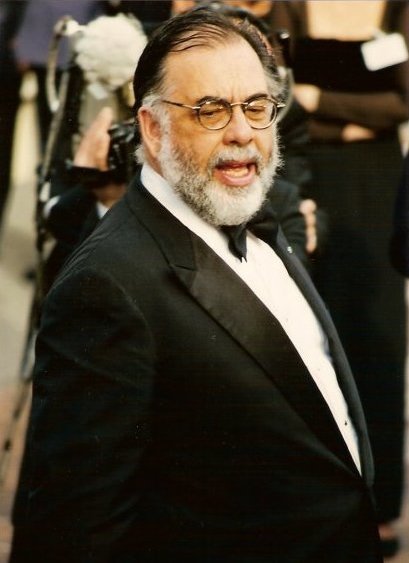
5. **The Godfather Part II (1974)**Francis Ford Coppola’s ‘The Godfather Part II,’ released in 1974, continues the violent saga of the Corleone family crime syndicate, starring Al Pacino and Robert DeNiro in critically acclaimed roles. Following the immense success of its predecessor, which garnered three Oscars including Best Picture, expectations were astronomically high. Today, it is frequently cited alongside its original as one of the greatest films ever made, admired for its complex narrative structure, powerful performances, and masterful direction. It is a cinematic achievement that solidified the Corleone family’s place in popular consciousness.
However, despite its eventual accolades, prominent film critics initially harbored significant reservations about the sequel. Vincent Canby, a well-known columnist for the New York Times, delivered a particularly scathing review, describing it as “a Frankenstein’s monster stitched together from leftover parts. It talks. It moves in fits and starts but it has no mind of its own…. Looking very expensive but spiritually desperate, Part II has the air of a very long, very elaborate revue sketch.” This assessment, from a leading critic, starkly illustrates the initial resistance the film faced.
In a stunning reversal of critical opinion, ‘The Godfather Part II’ went on to win an impressive six Academy Awards, including Best Picture, a rare feat for a sequel. Its commercial success, combined with its eventual critical re-evaluation and lasting cultural impact, firmly established it as a landmark film. For those who might have been deterred by earlier reviews, or those who have yet to experience its grandeur, the film truly is an offer one cannot refuse, proving that profound artistic success can sometimes overcome initial critical skepticism.
Read more about: The Architects of an Era: 6 Directors Who Mastered 70s Storytelling and Forever Changed Cinema

6. **Beaches (1988)**Garry Marshall’s 1988 film ‘Beaches,’ starring Bette Midler and Barbara Hershey, is a touching tribute to the ups and downs of a lifelong friendship between two very different women. From an upper-crust upbringing for one to a more down-and-out lifestyle for the aspiring entertainer, their bond from childhood through adulthood forms the heart of this enduring drama. Audiences readily embraced the emotional depth and raw honesty of the narrative, preparing to watch it ‘with several boxes of tissues by your side,’ as the film powerfully resonated with themes of camaraderie, loss, and resilience.
Yet, for all its heartfelt appeal to moviegoers, ‘Beaches’ didn’t fare as well with all critics. A reviewer for the Los Angeles Times, for instance, openly preferred the book adaptation, remarking, “The movie is missing what the book had reams of: heart, connective tissue, sense, sensibilities, a good ear, and a bad mouth.” Such a critique suggests a perceived lack of substance or emotional resonance in the film version, missing the very elements that made it so endearing to its dedicated fan base. This highlights the common disconnect between a critic’s analysis and an audience’s emotional investment.
Despite these critical reservations, ‘Beaches’ became a massive success, particularly with female audiences who found its portrayal of enduring friendship deeply moving. The film’s commercial performance, coupled with the immense popularity of its power ballad, ‘The Wind Beneath My Wings,’ belted out by the one and only Divine Miss M, solidified its place in popular culture. It remains one of those sad movies that brought audiences together, proving that genuine emotional connection can be a powerful driver of success, transcending the nuanced critiques of professional reviewers.

7. **Titanic (1997)**James Cameron’s epic 1997 disaster-romance, ‘Titanic,’ captivated the world with the poignant story of a society girl, Rose (Kate Winslet), falling in love with a struggling artist, Jack (Leonardo DiCaprio), aboard the ill-fated ocean liner. The film leveraged humanity’s enduring fascination with the Titanic disaster, more than 100 years after the ship’s sinking, to create a sweeping cinematic experience. It drew unprecedented numbers of people to theaters, with many viewers seeing it multiple times, underscoring its immense popularity and global appeal.
Despite its colossal box office success and cultural omnipresence, ‘Titanic’ was met with a degree of critical skepticism upon its release. Kenneth Turan of the Los Angeles Times, for example, delivered a rather pointed critique under the headline, “The Titanic Sinks Again.” He questioned the film’s massive budget versus its narrative payoff, writing, “What does $200 million buy? The 3-hour-and-14-minute Titanic unhesitatingly answers: not enough.” This reflects a critical perspective that often prioritizes artistic merit or narrative originality over sheer spectacle and emotional breadth.
Nevertheless, ‘Titanic’ defied its critics to become one of the highest-grossing films of all time, winning numerous Academy Awards, including Best Picture. Its powerful love story, breathtaking visual effects, and meticulous historical recreation resonated deeply with audiences worldwide, making it a cultural phenomenon. The film’s enduring legacy and its ability to inspire such fervent loyalty that fans famously declare, “I’ll never let go, Jack. I’ll never let go,” unequivocally cement its status as an unparalleled success, regardless of any initial critical misgivings. The sheer volume of its audience response, coupled with its financial and award recognition, paints a clear picture of its triumph over adversity.
Having explored the initial set of films that defied critical expectations, our cinematic journey continues, unveiling more beloved blockbusters and cultural touchstones that initially faced a barrage of negative reviews. These movies, in their own unique ways, prove that the true measure of a film’s impact often lies beyond the pages of a review, residing instead in the collective consciousness and enduring affection of millions of fans. It’s a compelling testament to the power of popular opinion, often triumphing over the nuanced critiques of professional cinephiles.
Read more about: Beyond the Hype: 14 Films That Absolutely Blew Our Expectations Out of the Water
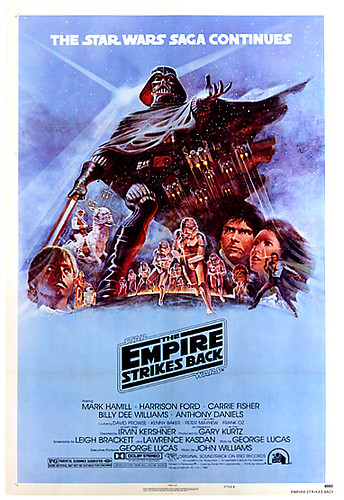
8. **Star Wars (1977)**The year 1977 forever changed cinema with the release of George Lucas’ epic space opera, ‘Star Wars,’ now subtitled ‘A New Hope.’ This groundbreaking film introduced audiences to a galaxy far, far away, populated by iconic characters like Luke Skywalker, Darth Vader, Princess Leia, Han Solo, and the wise Yoda. More than just a movie, it became a cultural phenomenon, laying the groundwork for the modern blockbuster, a merchandising empire, and an unparalleled fandom that continues to thrive decades later, cementing its place as a cornerstone of pop culture.
Despite its eventual legendary status, ‘Star Wars’ wasn’t immediately embraced by all critics, with some notable voices finding it lacking in depth. Pauline Kael, the revered film critic for The New Yorker, expressed significant reservations, famously writing, “It’s an assemblage of spare parts—it has no emotional grip… an epic without a dream.” Such a judgment from a prominent critic at the time might suggest a film devoid of soul or genuine storytelling prowess, a stark contrast to the passionate connection audiences would soon develop.
However, Kael’s assessment couldn’t have been further from the truth for the legions of fans who were captivated by its innovative special effects, compelling mythology, and universal themes of good versus evil. ‘Star Wars’ didn’t just become a commercial hit; it reshaped the entertainment industry and created a sprawling universe that continues to expand and engage new generations. The film’s enduring relevance and the fervent loyalty of its fanbase unequivocally demonstrate that, for many, ‘A New Hope’ delivered everything a dream could offer and more.
Read more about: From Icons to Afterthoughts: 12 Once-Desirable Cars That Lost Their Luster
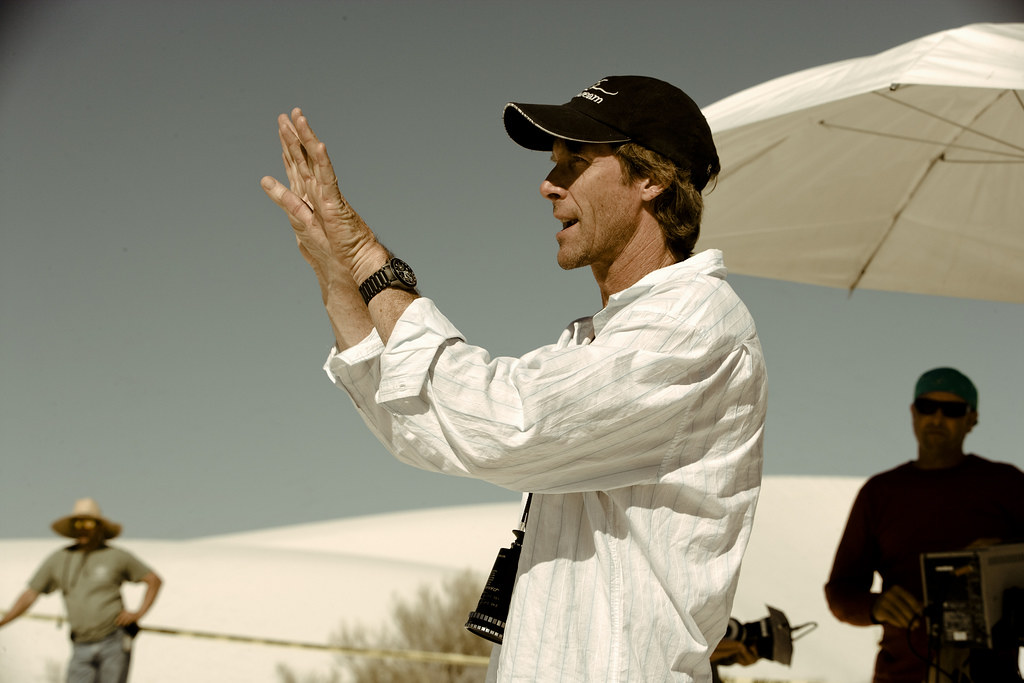
9. **Bad Boys (1995)**Michael Bay’s 1995 action-comedy ‘Bad Boys’ brought together the undeniable comedic chemistry of Will Smith and Martin Lawrence as two fast-talking, high-octane detectives. This buddy-cop extravaganza delivered exactly what audiences craved: explosive action sequences, hilarious banter, and a thrilling ride through the streets of Miami. Moviegoers flocked to theaters, eager to witness the charismatic duo in their prime, and the film’s immense popularity ensured its constant rotation on television and the subsequent development of multiple successful sequels, proving its enduring appeal.
Yet, some critics were not as enthusiastic about the film’s frenetic energy and stylistic choices. Michael Wilmington of the Chicago Tribune offered a particularly sharp critique, describing the film as: “The flabbergasting scenes here—written by a team of Tonight Show and David Letterman Show writers and directed by hot, young TV-commercial and music-video director Michael Bay—are slick, fast, loud, mostly derived from other movies and often senseless.” This suggests a film more concerned with superficial spectacle than narrative substance, a common complaint leveled against Bay’s signature style.
Despite these critical reservations about its originality and perceived lack of depth, ‘Bad Boys’ resonated powerfully with its target audience. The sheer entertainment value, combined with the magnetic performances from Smith and Lawrence, overshadowed any perceived flaws for those seeking pure, unadulterated escapist action. The film’s box office success and the lasting demand for its franchise entries clearly illustrate that sometimes, a movie just needs to be fun and exciting to achieve widespread acclaim from the people who truly matter: the fans.
Read more about: Truly Iconic: The ’90s? These 10 Action Movies Were the Absolute Best of Explosions and the VCR.
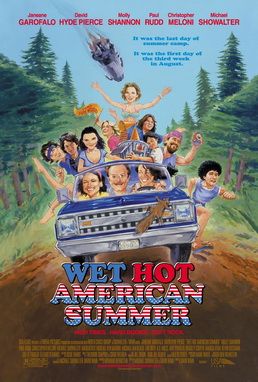
10. **Wet Hot American Summer (2001)**’Wet Hot American Summer,’ David Wain’s 2001 cult classic, brought together an astonishing ensemble of comedic talent, including future stars like Amy Poehler, Paul Rudd, Molly Shannon, Michael Ian Black, and Elizabeth Banks. Set in a quintessential 1980s summer camp on its last day, the film is a gloriously absurd and irreverent parody of classic teen comedies, brimming with deadpan humor and surreal situations. Initially a sleeper hit, its unique brand of humor eventually garnered a dedicated following, leading to its transformation into a beloved franchise with a limited-edition Netflix series that reunited its stellar cast.
However, this campy masterpiece was not universally appreciated upon its initial release, with some critics struggling to connect with its unconventional comedic rhythms. Michael Atkinson of Mr. Showbiz famously described the film as “a mess, bouncing nonsensically from one style of farce to another, leaving large vacuums and dead spots—which may themselves, of course, be deliberate.” This critique captures the divisive nature of the film’s humor, which for some, felt disjointed and underdeveloped, rather than intentionally subversive.
But for its growing legion of fans, the very elements that critics questioned were precisely what made ‘Wet Hot American Summer’ a comedic triumph. Its unapologetic embrace of absurdity, its ensemble’s commitment to the bit, and its nostalgic yet satirical take on the 80s cemented its status as a highly rewatchable and deeply adored film. It stands as a perfect example of a movie that, despite a mixed critical start, found its true audience and carved out an enduring niche in the pantheon of beloved comedies.
Read more about: Revisiting Box Office Bombs: How These Cinematic Gems Defied Initial Failure to Become Undeniable Masterpieces
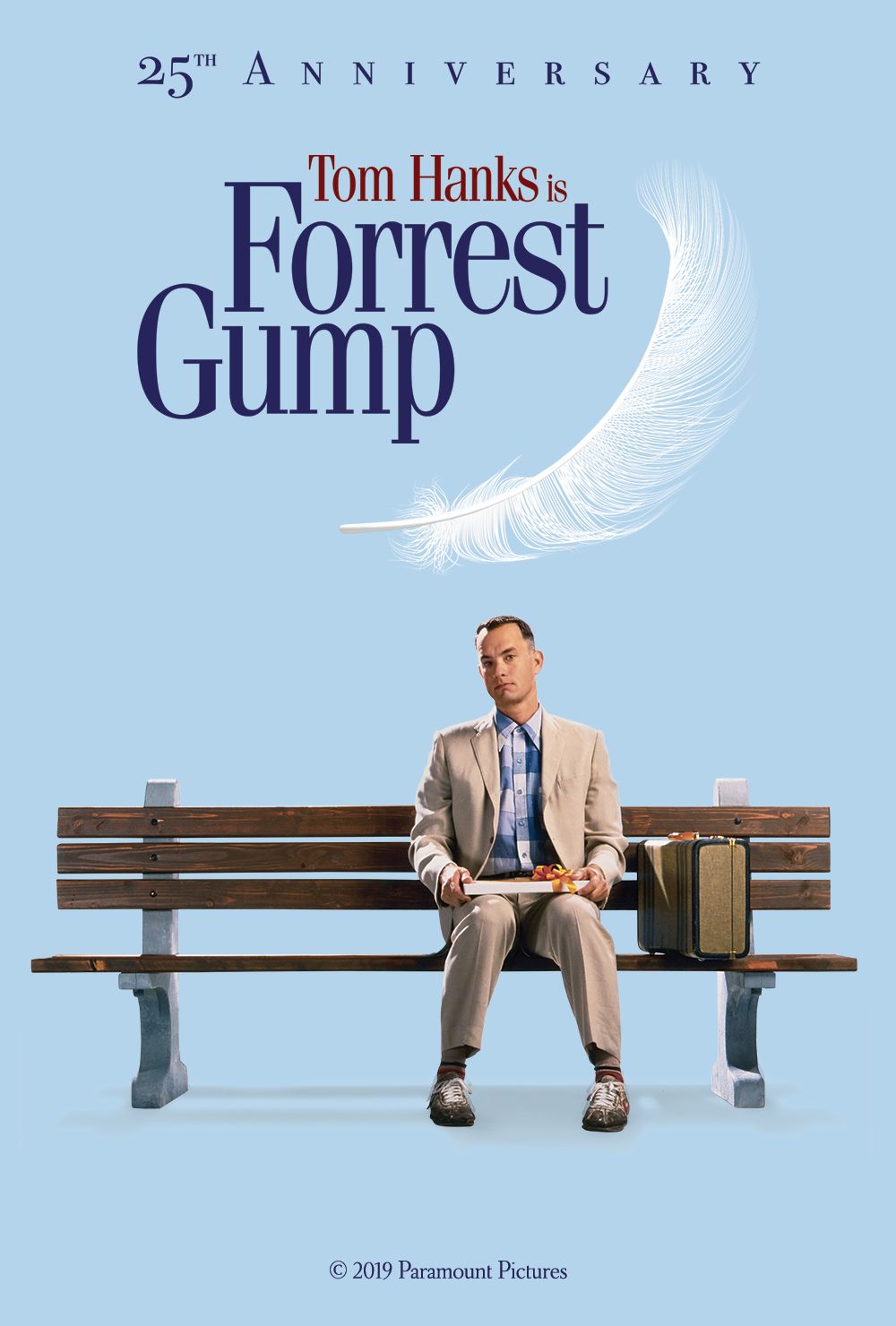
11. **Forrest Gump (1994)**Robert Zemeckis’ 1994 film ‘Forrest Gump’ captivated audiences worldwide with the heartwarming, albeit unconventional, story of a simple Alabama man (Tom Hanks) who inadvertently witnesses and influences some of the most pivotal events of the 20th century. His journey, marked by an unwavering love for his childhood friend Jenny (Robin Wright), delivered countless memorable scenes and movie lines, none more famous than “Life is like a box of chocolates. You never know what you’re gonna get.” The film’s cultural footprint is so vast it even inspired the popular Bubba Gump Shrimp Company restaurant chain, testament to its profound impact.
Despite its overwhelming popularity and significant box office success, ‘Forrest Gump’ also attracted its fair share of critical detractors. Mark Harris of Entertainment Weekly voiced a notable dissent, characterizing the film as “glib, shallow, and monotonous, a movie that spends so much time sanctifying its hero that, despite his ‘innocence,’ he ends up seeming about as vulnerable as Superman.” This critique highlighted a perceived lack of genuine emotional depth or critical insight, suggesting the film leaned too heavily on sentimentality and hero-worship.
Nevertheless, ‘Forrest Gump’ resonated profoundly with millions of viewers, who found its blend of historical sweep, poignant romance, and inspirational message utterly compelling. The film’s ability to touch hearts and provoke reflection on life’s unpredictable nature propelled it to win six Academy Awards, including Best Picture, firmly establishing its place in cinematic history. Its enduring appeal proves that a film’s success can be measured not just by critical accolades, but by the lasting connection it forges with its audience, regardless of any initial professional misgivings.
Read more about: Legends Last Forever: 14 Timeless Films Worth Revisiting Every Year, A Deep Dive
12. **Vertigo (1958)**Alfred Hitchcock’s 1958 psychological thriller ‘Vertigo’ is now universally hailed as a masterpiece, frequently topping lists of the greatest films ever made. Starring James Stewart as a former police detective battling his inner demons and Kim Novak as the enigmatic woman who becomes his obsession, the film weaves a complex web of suspense, romance, and psychological turmoil. For fans of thrillers and admirers of Hitchcock’s unparalleled genius, ‘Vertigo’ represents the pinnacle of cinematic artistry, admired for its innovative camera techniques and profound themes.
However, the film’s initial critical reception was surprisingly lukewarm, a stark contrast to its current revered status. A review from Time magazine, while acknowledging Hitchcock as “the old master,” dismissed the film with a rather cutting assessment: “The old master has turned out another Hitchcock-and-bull story in which the mystery is not so much who done it as who cares.” This strikingly nonchalant reaction suggests that the film’s intricate plot and groundbreaking psychological depth were initially overlooked or misunderstood by some of its contemporary critics.
Yet, time has been exceptionally kind to ‘Vertigo.’ Its complex narrative, haunting visual style, and revolutionary exploration of obsession and identity slowly gained appreciation, culminating in its re-evaluation as a seminal work of cinema. The film’s ability to command attention and spark endless analytical discussion for decades underscores the fact that true artistic achievement sometimes requires the passage of time for its full brilliance to be recognized, proving that the art of film criticism itself can be a journey of evolving perspectives.
Read more about: Masters of the Craft: 13 Veteran Directors Whose Unmistakable Visions Shaped Film History

13. **2001: A Space Odyssey (1968)**Stanley Kubrick’s ‘2001: A Space Odyssey,’ released in 1968, remains one of the most ambitious and influential science fiction films ever created. This visually stunning epic chronicles a mysterious mission to the moon where astronauts encounter a battle between man and machine, delving into themes of human evolution, artificial intelligence, and the vast unknowns of the universe. It was a film that pushed the boundaries of cinematic storytelling and visual effects, solidifying its place as a genre-defining work.
Despite its groundbreaking nature, ‘2001’ was initially met with a perplexing mix of awe and outright confusion from critics. John Simon of the New Leader delivered a particularly harsh verdict, writing, “For all its lively visual and mechanical spectacle, this is a kind of space-Spartacus and, more pretentious still, a shaggy God story.” This review encapsulates the struggle many critics had with the film’s unconventional narrative structure and philosophical scope, which some perceived as overly abstract or self-indulgent rather than profound.
Nevertheless, ‘2001: A Space Odyssey’ eventually triumphed over its initial critical bewilderment, earning an Academy Award for its dazzling visual effects—a monumental achievement for its era—and a Best Director nomination for Kubrick. Over time, audiences and subsequent generations of critics embraced its visionary artistry, acknowledging its profound impact on science fiction and filmmaking as a whole. It stands as a powerful reminder that some films are so far ahead of their time, they require cultural catch-up to be truly understood and celebrated, cementing its status as an instant, enduring classic.
Read more about: Honestly, What Happened To Them? 15 Iconic Special Effects From Old Films That We Forgot Still Astound Us.

14. **The Sandlot (1993)**David Mickey Evans’ 1993 film ‘The Sandlot’ holds a cherished place in the hearts of those who grew up in the 90s, or parents who introduced it to their tweens. This heartwarming and hilarious coming-of-age story revolves around a ragtag group of kids united by their shared love of baseball, exploring the innocent trials and tribulations of childhood in the early 1960s. It gifted us with iconic lines like “You’re killing me, Smalls,” and skillfully blended humor with a powerful sense of nostalgia, making it a beloved perennial favorite.
Yet, despite its widespread adoration among audiences, ‘The Sandlot’ was not immune to sharp critical assessments. William Arnold of the Seattle Post-Intelligencer provided a particularly cutting review, asserting: “The Sandlot is so exploitative of the myth of baseball and rings so false as a nostalgia piece—and is so unfunny as a comedy—that it makes The Bad News Bears look like Pride of the Yankees.” Such a critique suggests the film failed to genuinely capture the spirit of its subject matter, dismissing its comedic and nostalgic elements.
However, for millions of viewers, Arnold’s harsh words simply don’t align with the genuine joy and connection they felt, and continue to feel, with ‘The Sandlot.’ The film’s authentic portrayal of childhood friendship, summer adventures, and the magic of baseball has allowed it to resonate across generations, maintaining its status as a timeless family classic. It continues to be one of those ’90s kids movies that holds up incredibly well, proving that sometimes, the heart knows best, regardless of what a professional critic might say.
Read more about: James Earl Jones, a Titan of Stage and Screen, Whose Voice Defined Generations, Dies at 93
In the ever-evolving landscape of cinema, these films stand as powerful reminders that critical consensus, while valuable, is not the sole determinant of a movie’s lasting legacy or true success. Time and again, mass audiences have demonstrated their ability to spot genuine entertainment, cultural relevance, and heartfelt storytelling, even when the ‘experts’ initially miss the mark. The journey through these critically panned yet overwhelmingly beloved movies reveals a beautiful truth: the ultimate triumph of a film often lies in the hearts and minds of the viewers who embrace them, rewatch them, and carry their stories forward through generations. So next time you’re debating a trip to the theater, remember these tales, trust your gut, and perhaps you’ll discover your next favorite movie, regardless of what the reviews say.


